Business
Some dockworkers earn more than $400,000 a year
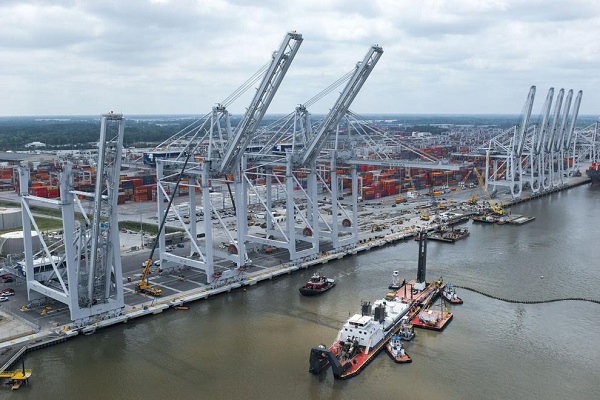
From The Center Square
Some longshoreman regularly earn more than the president of the United States along with most other U.S. workers.
Under the existing contract with the East Coast union, a top-scale longshoreman could earn up to $39 an hour, which translates to about $81,000 a year. However, many workers take overtime and extra shifts that have higher rates.
Some 50,000 International Longshoremen’s Association members went on strike Tuesday against the East and Gulf Coast ports, hampering the flow of goods in what some predict could be the most disruptive strike in decades.
Dockworkers often earn more than $100,000 a year because of work rules and overtime requirements.
More than half of 3,726 dockworkers at the Port of New York and New Jersey earned more than $150,000 in the fiscal year that ended in 2020, according to the port’s regulator, the Waterfront Commission of New York Harbor. About one in five dockworkers at the port earned more than $250,000 that year.
Eighteen dockworkers brought in more than $450,000 that year – more than the annual salary as the U.S. President ($400,000) and more than most U.S. workers. The real median household income for all Americans was $74,580 in 2022, according to the U.S. Census Bureau.
Some dockworkers get paid even if they don’t work.
“Every terminal within the Port still has special compensation packages given to certain ILA longshore workers, the majority of whom are white males connected to organized crime figures or union leadership,” according to the Commission’s 2019-2020 annual report. “Based on the industry’s reported figures, the Commission has again identified over 590 individuals who collectively received over $147.6 million dollars last year in outsized salaries, or for hours they never worked.”
The report noted the special packages were not memorialized in the applicable collective bargaining agreements. Rather than eliminate or cap them, the NYSA and ILA negotiated a 2013 Memorandum of Settlement of Local Conditions in the Port of New York-New Jersey. That guarantees special packages to certain people. Those individuals are paid for hours not worked or hours worked by others, as long as they are at the Port for 40 hours each week, according to the Commission’s report.
Such conditions have endured for decades, according to the Commission’s report.
“The hearings revealed that the hiring, training and promotion practices of the industry led to low-show jobs, favoritism and nepotism, the abusive and illogical interpretation of collective bargaining agreements, and the impact of those practices both on the competitiveness of the Port and on the morale and career prospects of decent, hard-working Port employees,” according to the report. “Connected individuals are awarded high paying, low-show or no-work special compensation packages, in some cases earning salaries in excess of $500,000. Such positions were overwhelmingly given to white males connected to organized crime figures or union leadership.”
The ongoing strike, which extends from Maine to Texas, could affect everything from bananas to European beer and automobiles.
The International Longshoremen’s Association blamed the United States Maritime Alliance for refusing a contract offer.
It’s the first strike at these ports since 1977. The strike will affect 36 U.S. ports handling about half of U.S. ocean imports. Included are Boston, New York, New Jersey and Philadelphia.
Negotiations have been tense since June. The disagreement is between the International Longshore Association and Warehouse Union, which represents port workers across the country, and the U.S. Maritime Alliance, which represents terminal operators and ocean carriers.
Wages of East and Gulf coast workers are a base wage of $39 an hour after six years. The union is asking for a 77% pay increase over six years. It is also asking for more restrictions and bans on the automation of cranes, gates, and container movements used to load or unload cargo.
Brett Rowland
Investigative Reporter
Business
Bill Gates Gets Mugged By Reality
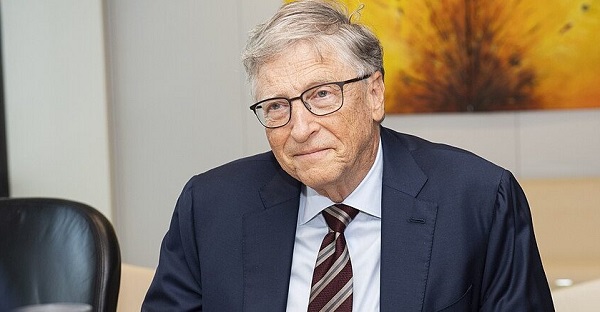

From the Daily Caller News Foundation
You’ve probably heard by now the blockbuster news that Microsoft founder Bill Gates, one of the richest people to ever walk the planet, has had a change of heart on climate change.
For several decades Gates poured billions of dollars into the climate industrial complex.
Some conservatives have sniffed that Bill Gates has shifted his position on climate change because he and Microsoft have invested heavily in energy intensive data centers.
AI and robotics will triple our electric power needs over the next 15 years. And you can’t get that from windmills.
What Bill Gates has done is courageous and praiseworthy. It’s not many people of his stature that will admit that they were wrong. Al Gore certainly hasn’t. My wife says I never do.
Although I’ve only once met Bill Gates, I’ve read his latest statements on global warming. He still endorses the need for communal action (which won’t work), but he has sensibly disassociated himself from the increasingly radical and economically destructive dictates from the green movement. For that, the left has tossed him out of their tent as a “traitor.”
I wish to highlight several critical insights that should be the starting point for constructive debate that every clear-minded thinker on either side of the issue should embrace.
(1) It’s time to put human welfare at the center of our climate policies. This includes improving agriculture and health in poor countries.
(2) Countries should be encouraged to grow their economies even if that means a reliance on fossil fuels like natural gas. Economic growth is essential to human progress.
(3) Although climate change will hurt poor people, for the vast majority of them it will not be the only or even the biggest threat to their lives and welfare. The biggest problems are poverty and disease.
I would add to these wise declarations two inconvenient truths: First: the solution to changing temperatures and weather patterns is technological progress. A far fewer percentage of people die of severe weather events today than 50 or 100 or 1,000 years ago.
Second, energy is the master resource and to deny people reliable and affordable energy is to keep them poor and vulnerable – and this is inhumane.
If Bill Gates were to start directing even a small fraction of his foundation funds to ensuring everyone on the planet has access to electric power and safe drinking water, it would do more for humanity than all of the hundreds of billions that governments and foundations have devoted to climate programs that have failed to change the globe’s temperature.
Stephen Moore is a co-founder of Unleash Prosperity and a former Trump senior economic advisor.
Automotive
Elon Musk Poised To Become World’s First Trillionaire After Shareholder Vote
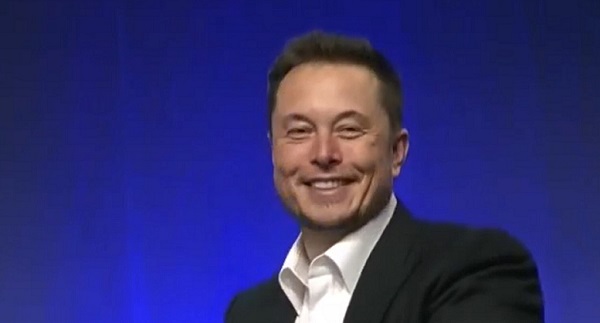

From the Daily Caller News Foundation
At Tesla’s Austin headquarters, investors backed Musk’s 12-step plan that ties his potential trillion-dollar payout to a series of aggressive financial and operational milestones, including raising the company’s valuation from roughly $1.4 trillion to $8.5 trillion and selling one million humanoid robots within a decade. Musk hailed the outcome as a turning point for Tesla’s future.
“What we’re about to embark upon is not merely a new chapter of the future of Tesla but a whole new book,” Musk said, as The New York Times reported.
Dear Readers:
As a nonprofit, we are dependent on the generosity of our readers.
Please consider making a small donation of any amount here.
Thank you!
The decision cements investor confidence in Musk’s “moonshot” management style and reinforces the belief that Tesla’s success depends heavily on its founder and his leadership.
Tesla Annual meeting starting now
https://t.co/j1KHf3k6ch— Elon Musk (@elonmusk) November 6, 2025
“Those who claim the plan is ‘too large’ ignore the scale of ambition that has historically defined Tesla’s trajectory,” the Florida State Board of Administration said in a securities filing describing why it voted for Mr. Musk’s pay plan. “A company that went from near bankruptcy to global leadership in E.V.s and clean energy under similar frameworks has earned the right to use incentive models that reward moonshot performance.”
Investors like Ark Invest CEO Cathie Wood defended Tesla’s decision, saying the plan aligns shareholder rewards with company performance.
“I do not understand why investors are voting against Elon’s pay package when they and their clients would benefit enormously if he and his incredible team meet such high goals,” Wood wrote on X.
Norway’s sovereign wealth fund, Norges Bank Investment Management — one of Tesla’s largest shareholders — broke ranks, however, and voted against the pay plan, saying that the package was excessive.
“While we appreciate the significant value created under Mr. Musk’s visionary role, we are concerned about the total size of the award, dilution, and lack of mitigation of key person risk,” the firm said.
The vote comes months after Musk wrapped up his short-lived government role under President Donald Trump. In February, Musk and his Department of Government Efficiency (DOGE) team sparked a firestorm when they announced plans to eliminate the U.S. Agency for International Development, drawing backlash from Democrats and prompting protests targeting Musk and his companies, including Tesla.
Back in May, Musk announced that his “scheduled time” leading DOGE had ended.
-
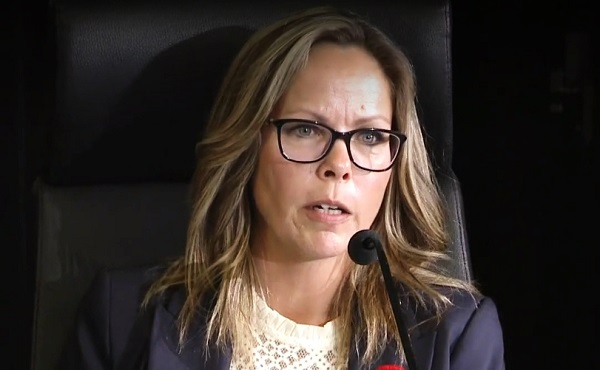
 COVID-192 days ago
COVID-192 days agoFreedom Convoy leader Tamara Lich to appeal her recent conviction
-

 Justice2 days ago
Justice2 days agoCarney government lets Supreme Court decision stand despite outrage over child porn ruling
-
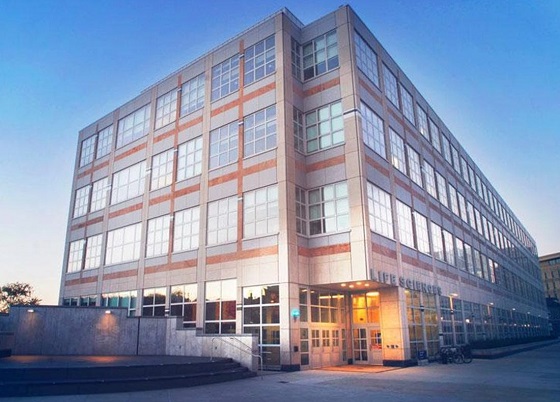
 espionage1 day ago
espionage1 day agoU.S. Charges Three More Chinese Scholars in Wuhan Bio-Smuggling Case, Citing Pattern of Foreign Exploitation in American Research Labs
-

 Business2 days ago
Business2 days agoCarney’s budget spares tax status of Canadian churches, pro-life groups after backlash
-
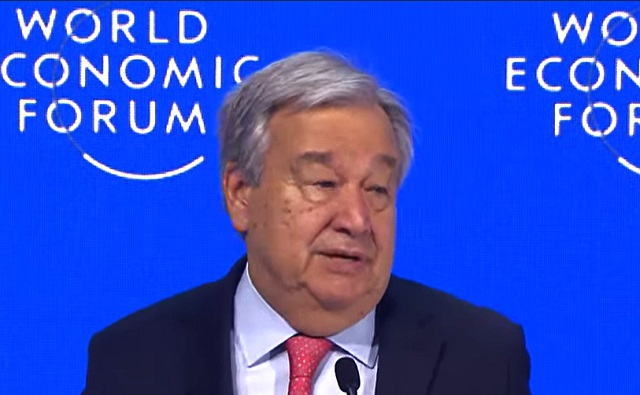
 Daily Caller2 days ago
Daily Caller2 days agoUN Chief Rages Against Dying Of Climate Alarm Light
-
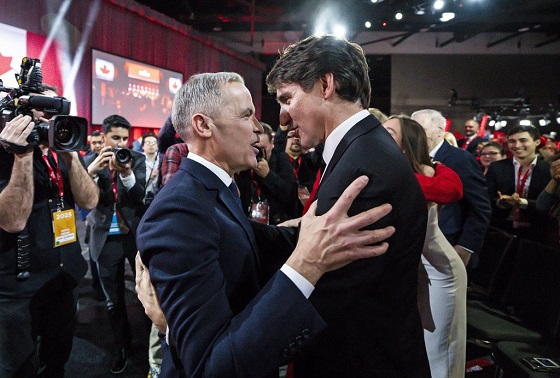
 Business23 hours ago
Business23 hours agoCarney budget doubles down on Trudeau-era policies
-
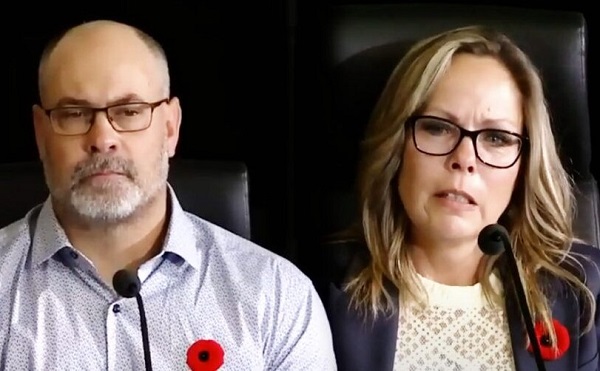
 COVID-1923 hours ago
COVID-1923 hours agoCrown still working to put Lich and Barber in jail
-

 Business23 hours ago
Business23 hours agoCarney budget continues misguided ‘Build Canada Homes’ approach







